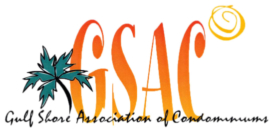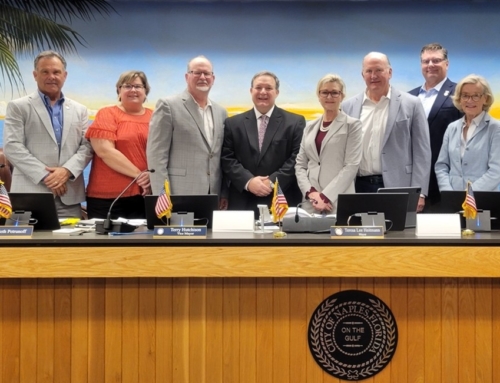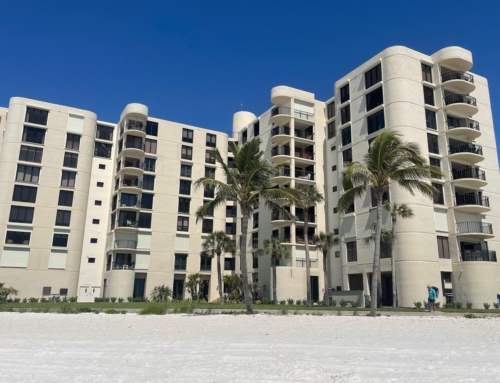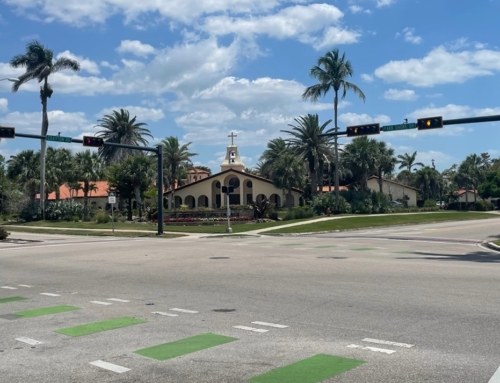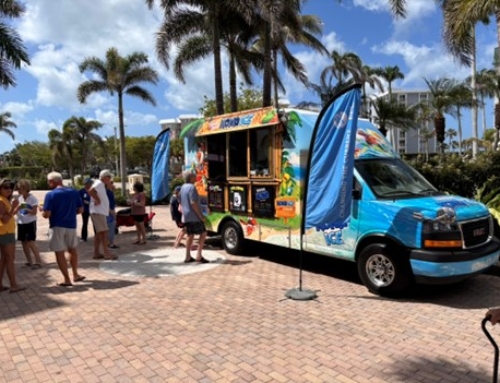By Howard Handler, Vice President of the GSAC Board
Submit questions or feedback online.
To quote Woody Allen
“There are worse things in life than death. Have you ever spent an evening with an insurance salesman?”
All kidding aside, please read this article carefully since it could affect your pocketbook. Florida condominium owners are facing a significant change in the landscape of insurance procurement, not only in terms of the increasing premiums they will pay, but also as it relates to coverage restrictions and cost sharing with their own buildings. Did I just throw you a curveball on the last point? Please allow me to elaborate by example, hopefully without confusing you with a bunch of insurance jargon.
Let’s take the cost sharing issue first. Assume your building contains 120 individually-owned units. Last year, your Association paid a premium of $250,000 for property insurance, but this year’s renewal came in at $450,000. That difference of $200,000 will have a significant impact on your Association’s budget, and translate to, on average, a $1,667 increase in the dues and assessments you pay.
Last year, your Association’s deductible was 1% of the $65,000,000 total insured value of the building. That would work out to a deductible of $650,000 for the Association, of which the individual owner’s share would be just $5417. This was also a calendar year deductible. In 2022, your Association has only been offered a “named storm” deductible. So if, in a given year there were two or more major storms each of which caused damage, the deductible would be applied anew in each instance.
This year your Association’s board received proposals for a minimum deductible of 5% (instead of 1%) or $3,250,000, which works out to $27,083 per owner. So assume there was a major storm which entailed $3 million worth of damage to the building. The Association would be liable for all of that in repair costs (because it would be below the amount of the deductible). The only way the Association could recoup that expense would be through either a dues increase or a special assessment; either way the individual owner would be on the hook for $27,083. Individual Condo owners who maintain their own HO-6 policies (if you have a mortgage, the mortgage company probably requires that you do so) might be able to purchase additional Loss Assessment Benefit coverage to offset the above figure but most Florida carriers offer base limits only of $2,000.
Now on to the Condo and Homeowners side of the equation, i.e., the insurance premiums you pay individually to your own property insurance carrier. You might ask why this market is in such turmoil. The problem of steadily rising premiums didn’t happen overnight, nor will it be quickly solved. Since Hurricane Irma in 2017, property insurance carriers have incurred five straight years of underwriting losses. One of the largest writers of condo insurance in the state of Florida, announced a $64,500,000 loss in the 4th Quarter of 2021 along with a Combined Loss and Expense ratio of 131% for the year, which equates to a loss of 31 cents on the dollar. This same carrier has put a moratorium on new business writings as of January 1, 2022. Six carriers with significant books of business have become insolvent and four of the six have been liquidated. Fifty-two carriers writing policies in Florida lost more than $1.6 Billion last year. When the State of Florida liquidates an insolvent carrier, the Florida Insurance Guaranty Association (FIGA) steps in to handle covered claims from the insolvent carrier. This financial backstop is funded by assessing solvent carriers in the state, who in turn recoup these assessments by pass-throughs to their policyholders. Just two of the recent insolvencies amount to a 2% policyholder add on. Last but not least, readers should be conversant on Citizens Insurance and how their assessment system also impacts your wallet. Here is a link to their website that provides a great deal of detail on this topic: https://citizensfla.com/assessments
I could go on, but you get the picture and it isn’t pretty. How did we get here? The culprits include climate change, claims fraud, assignment of benefits (AOB), one way attorney fees and increased reinsurance costs to name a few. Legislative solutions have not offered the timely results the industry had hoped for, so the result has been a significant shrinkage in the number of carriers willing to offer coverage, while simultaneously underwriting has been tightened and much higher rates are now in place.
Most importantly, what should the individual condo owner be doing NOW, to avoid or at least minimize the prospect of a very unpleasant surprise when your policies come up for renewal later this year. You should contact your insurance broker to determine whether the insurance carriers covering your risk are remaining in the Florida market and, if so, what is your broker seeing so far in terms of premium increases and coverage restrictions from those carriers. If the carriers are withdrawing, what steps is your broker taking to line-up other carriers for each line of business? Be aware that, under Florida law, you could receive a letter of non-renewal as late as 45 days before your policy expires. Finally, and this too you should discuss with your broker, make certain that you are taking advantage of whatever credits you might be entitled to, e.g., for your building’s fire alarm system, hurricane shutters and glass, water leak detection systems, 24 hour security and other measures either you or your Association may have taken to reduce the risk of loss.
